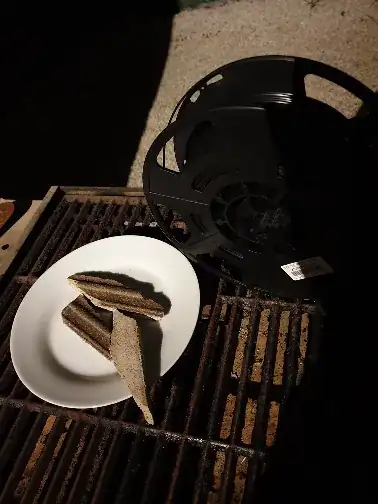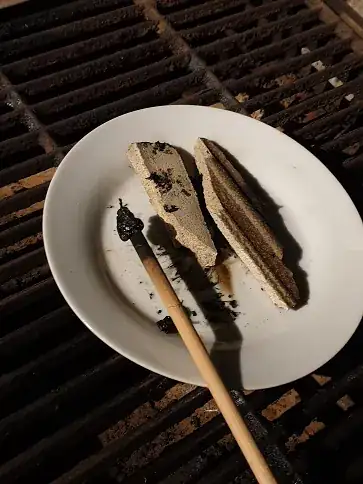This question is supplementary to the following LEGO™ as a defence against barefoot warriors
One answer suggests making weapons and other artifacts by melting and moulding LEGO plastic (ABS).
Is this in fact possible using only neolithic technology?
Concerns
There are no metal containers during the neolithic
ABS thrown on a fire will burn before it has time to melt and form a puddle
I don't know if neolithic pottery could be used as containers for melting and moulding. If so, could they protect against the plastic catching alight?
Notes
Acrylonitrile Butadiene Styrene, or ABS, is an opaque thermoplastic. It is an amorphous polymer comprised of three monomers, acrylonitrile, butadiene and styrene. ABS is most commonly polymerised through the emulsification process or the expert art of combining multiple products that don’t typically combine into a single product. https://www.adrecoplastics.co.uk/abs-plastic-properties-and-application/
Early Neolithic farming was limited to a narrow range of plants, both wild and domesticated, which included einkorn wheat, millet and spelt, and the keeping of dogs, sheep and goats. By about 6900–6400 BC, it included domesticated cattle and pigs, the establishment of permanently or seasonally inhabited settlements, and the use of pottery. https://en.wikipedia.org/wiki/Neolithic
LEGO Toys On FIRE video

